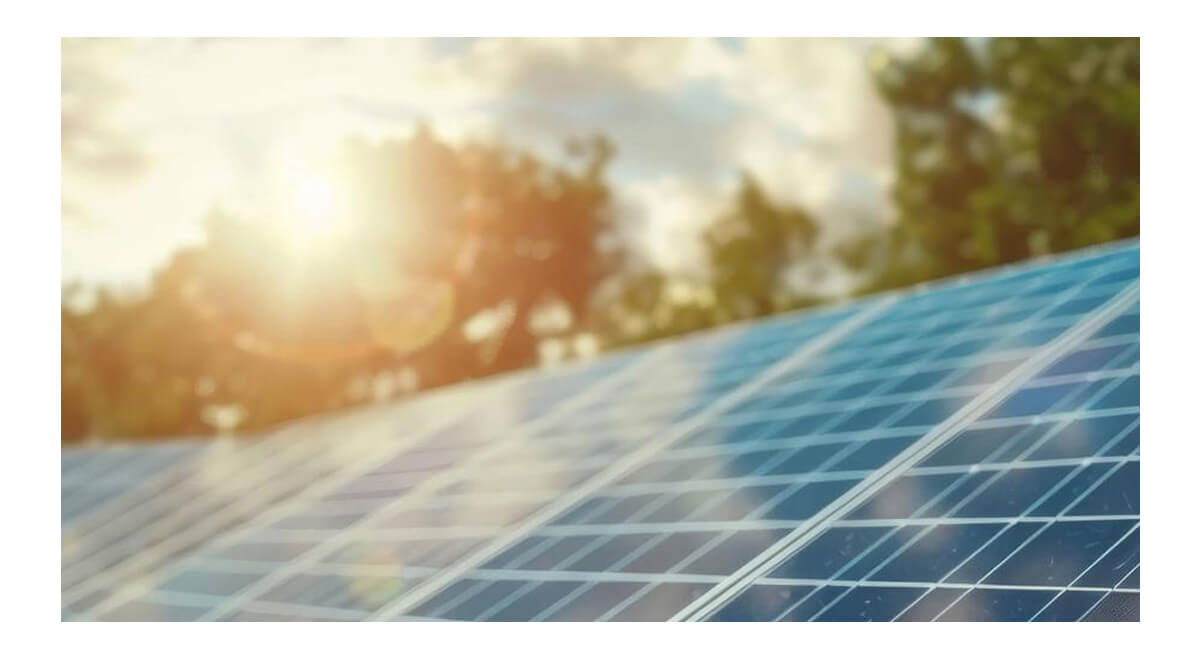Content
What is Solar Panel Voltage?
Common Voltage Ratings of Solar Panels
Typical Voltage Output of Different Solar Panels
Voltage Specifications
Factors Affecting Solar Panel Voltage
Applications of Solar Panel Voltage
Conclusion
FAQs
Solar energy has emerged as a critical player in the quest for sustainable energy solutions. Understanding the electrical characteristics of solar panels, particularly their typical voltage output, is essential for engineers, homeowners, and energy enthusiasts alike. This article delves into the typical voltage of solar panels, factors affecting voltage output, and practical applications, supported by data tables and visual aids.

The voltage of a solar panel refers to the electrical potential difference produced by the panel when exposed to sunlight. This voltage is crucial because it determines how much power a solar panel can deliver to a load or battery storage system. Typically, solar panels generate direct current (DC) voltage, which can vary based on several factors.
Solar panels are available in various voltage ratings, primarily categorized into two types: low voltage and high voltage.
1. Low Voltage Solar Panels:
- Voltage Range: 12V to 24V
- Common Applications: Small-scale residential systems, off-grid setups, and portable solar devices.
2. High Voltage Solar Panels:
- Voltage Range: 36V to 48V or higher
- Common Applications: Grid-tied systems, large solar farms, and commercial installations.
The following table outlines the typical voltage output for various types of solar panels.
| Solar Panel Type |
Voltage Output (V) |
Description |
| Monocrystalline |
36V to 38V |
High efficiency and compact design. |
| Polycrystalline |
36V to 38V |
Cost-effective but slightly less efficient. |
| Thin-Film |
30V to 36V |
Flexible and lightweight; suitable for unique applications. |
| Bifacial |
36V to 42V |
Dual-sided panels that capture sunlight from both sides. |
1. Monocrystalline Solar Panels:
- These panels typically have a voltage output between 36V to 38V. The efficiency of monocrystalline panels makes them ideal for small areas where maximizing output is essential.
2. Polycrystalline Solar Panels:
- Similar to monocrystalline panels, polycrystalline panels also produce voltages in the range of 36V to 38V. They are slightly less efficient, making them a budget-friendly option for larger installations.
3. Thin-Film Solar Panels:
- The voltage output ranges from 30V to 36V. These panels are often used in niche markets due to their flexibility and lightweight nature, making them suitable for non-traditional applications.
4. Bifacial Solar Panels:
- Bifacial panels can output between 36V to 42V, benefiting from sunlight reflection from surfaces below them, thus increasing their efficiency.
Several factors influence the voltage output of solar panels, including:
1. Temperature:
- Solar panel voltage decreases as temperature increases. The relationship between temperature and voltage can be summarized as follows:
- VT=VSTC−β⋅(TC−TSTC)V_{T} = V_{STC} - \beta \cdot (T_{C} - T_{STC})VT=VSTC−β⋅(TC−TSTC)
- where VTV_{T}VT is the voltage at temperature TCT_{C}TC, VSTCV_{STC}VSTC is the voltage at standard test conditions (25°C), β\betaβ is the temperature coefficient of voltage, and TSTCT_{STC}TSTC is the standard test temperature.
2. Irradiance:
- The amount of sunlight (irradiance) hitting the solar panel significantly impacts voltage. Higher irradiance levels typically result in higher voltage outputs.
3. Shading:
- Partial shading of solar panels can reduce voltage output significantly. Even small amounts of shading can lead to a disproportionate drop in energy production.
4. Panel Degradation:
- Over time, solar panels degrade, leading to a gradual decrease in voltage output. Typical degradation rates are around 0.5% to 1% per year.

Understanding solar panel voltage is crucial for various applications:
1. Grid-Tied Systems:
- In grid-tied systems, solar panels are connected to the utility grid, and their output voltage must be compatible with grid voltage levels (typically 120V or 240V AC). Inverters play a vital role in converting the DC output of solar panels to AC.
2. Off-Grid Systems:
- In off-grid setups, batteries are often used to store energy. The voltage output of solar panels must match the battery voltage (commonly 12V or 24V) for efficient charging.
3. Solar Power for Electronics:
- Small solar panels are used in devices like calculators, garden lights, and charging stations. The voltage output is usually around 5V to 12V, making it suitable for low-power electronics.
Relationship between solar panel voltage and temperature
Understanding the typical voltage output of solar panels is essential for effective energy management and system design. With various solar panel types available, each with distinct voltage characteristics, consumers and engineers must carefully consider their energy needs and application scenarios. By taking into account the factors affecting voltage output, such as temperature and irradiance, individuals can optimize their solar energy systems for maximum efficiency. The ongoing advancements in solar technology continue to enhance the efficiency and versatility of solar energy systems, paving the way for a more sustainable future.
FAQs







